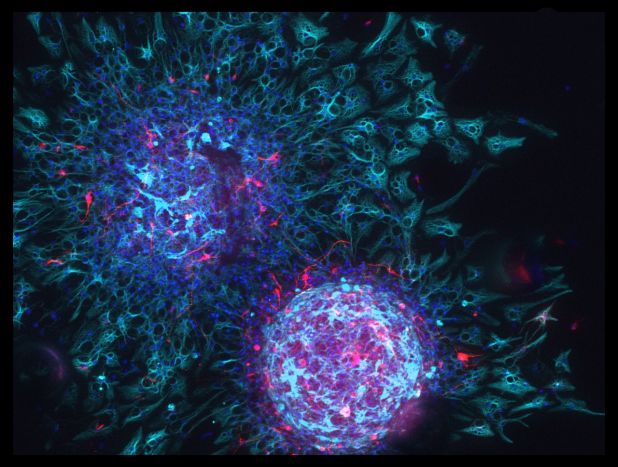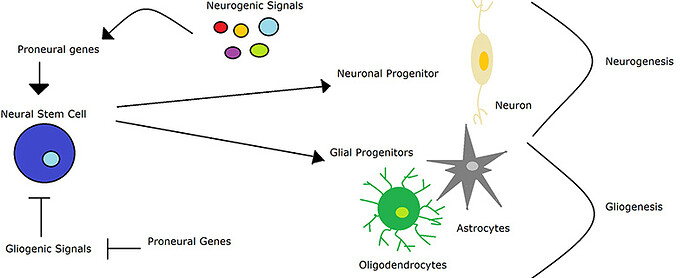Myotonic Dystrophy Type 1 and 2
Hi Sapien,
I have been using your programs for years now. My life has gotten much better, and things have been going well. Thank you.
However, I keep struggling with Myotonic Dystrophy Type 1. Which is a disease that has been negatively affecting my health Mental, and Psychical.
What causes it is a genetic defect in Chromosome 19q13.
Type 1 myotonic dystrophy (DM1) and type 2 myotonic dystrophy (DM2) are both caused by abnormally expanded stretches of DNA. The expansions occur in two different genes but appear to have similar effects on various cells, particularly the cells of the voluntary and involuntary muscles, including the heart and nervous system. DM provides an example of mechanism of disease called RNA toxicity, which results from the expanded repeats in the flawed gene transcripts. Also, it is known that the repeat expansions exert a dominant toxic effect on other genes not localized to either the DM1 or DM2 genes, which is known as a “trans” effect.
In DM1, the abnormal DNA expansion is in the DMPK (dystrophia myotonica protein kinase) gene on chromosome 19 q 13.3. The defect was identified in 1992 as the cause of DM1.
The DNA building blocks cytosine, thymine, and guanine (abbreviated as CTG) are repeated many more times than average in this disorder. The normal number of “CTG repeats” in the DMPK gene is fewer than 35 repeats.
In DM1, there can be hundreds or even thousands of CTG repeats in the DMPK gene. In DM1, the number of repeats correlates with the age of onset and the severity of the disorder. However, in DM2 there is no definite correlation between repeat length and the severity of disease. It is important to remember that these correlations are by no means perfect and should not be taken as absolute predictors of the course of the disease.
Individuals with a CTG repeat size between 38 and 49, designated premutation status or mutable normal, are asymptomatic. A mutation of 50 to approximately 150 CTG repeats can manifest as a mild DM1 type. Repeats in the range of 50 to 1,000 are seen in individuals with classic DM1. CTG repeat lengths greater than 800 may manifest as childhood DM1. With CTG repeat lengths greater than 1,000, DM1 may manifest as congenital MD.
A phenomenon known as somatic mosaicism was observed in DM1 patients. This phenomenon results in expansion of CTG repeats in the DNA due to abnormal DNA repair throughout life. When the DMPK gene expansion is transmitted from parent to child, it often expands, causing the disease to manifest earlier with each generation in a family.
The congenital-onset form of DM1 appears to occur mostly when the DMPK gene flaw comes from the mother. A mother with a small CTG repeat expansion and few or no noticeable symptoms can give birth to a baby with a large CTG expansion and the congenital-onset form of DM1.
At first, it was believed that the main effect of the expanded DNA in the DMPK gene was a decrease in the amount of available DMPK protein in cells. While this may be a factor in the causation of DM1, it is now believed that there are widespread effects of the CTG expansions on many cellular processes.





